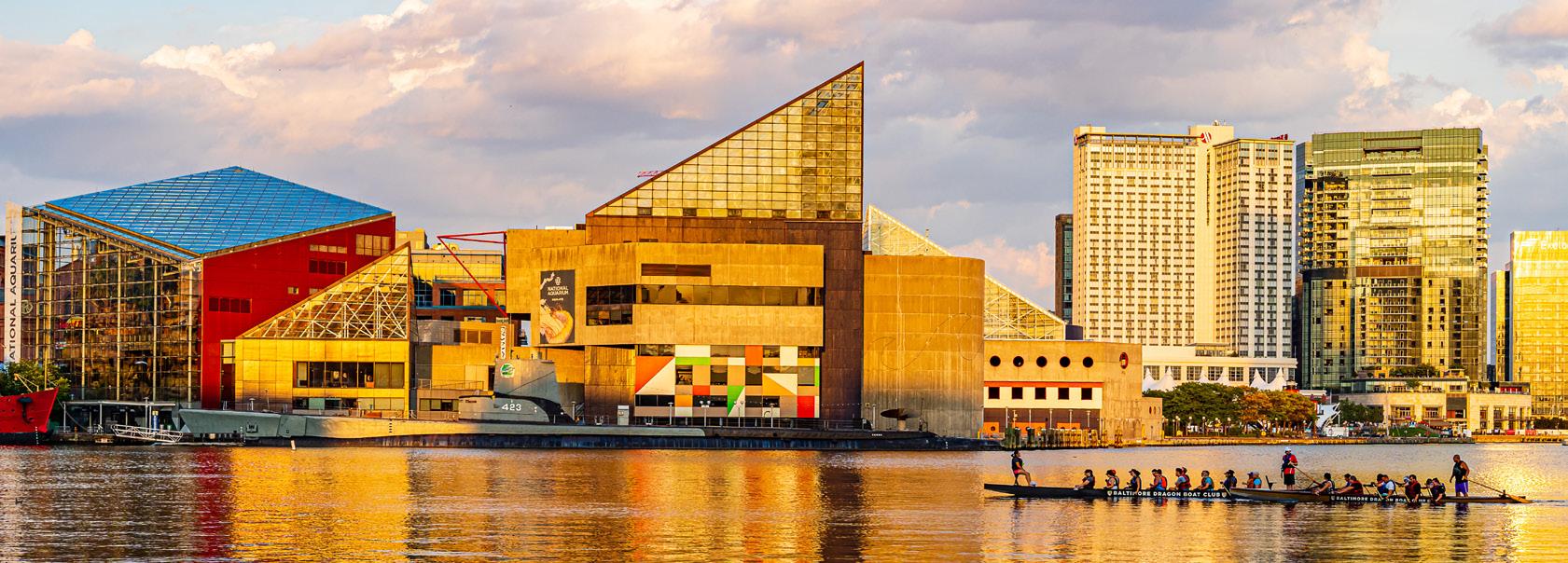
3 minute read
Self-Assembling Hydrogel for Better Cancer Immunotherapy
By Gina Wadas

Advertisement
The illustration depicts the hydrogel’s design, the delivery method, and immune response.
The immune system uses various means to detect invaders such as infectious bacteria and viruses, as well as non-infectious ones, such as cancer. Some cancers, however, not only can evade immune surveillance, but they can even switch off the immune system. Cancer immunotherapies designed to assist the immune system have proven beneficial, even for patients in advanced stages and with metastatic cancers. These therapies work by either stimulating the immune system’s normal defenses or using lab-made materials that mimic immune system functions.
However, for patients with cold tumors— those which lack immune cells and other cancer fighting molecules—the effectiveness of such immunotherapies can be low. To help these patients, a team led by Honggang Cui, a core faculty member at the INBT and associate professor in the Department of Chemical and Biomolecular Engineering, investigated a new approach: using a known chemotherapeutic drug to activate the STING (stimulator of interferon genes) pathway, a cell signaling pathway that stimulates the immune system. The drug, camptothecin (CPT), is often administered intravenously: a delivery method that can cause off-target effects, creating side effects. IV delivery also does not allow for longterm release of the drug, so the contents lose potency before reaching the tumor. To address this, the team converted CPT into a self-as-
sembling hydrogel, a gelatin-like substance. As a hydrogel, CPT could be administered directly into the tumor to provide long-term drug release by degrading over a two-month period. The hydrogel form also allows incorporation of cyclic dinucleotide c-di-AMP (CDA), a molecule that activates the STING pathway. When CPT kills the cancer cells, it inflames the tumor microenvironment and attracts immune cells to the tumor sites. This process works synergistically with the STING pathway activation, provoking a stronger immune response and helping immune cells penetrate the tumor to destroy it. Once the tumor has the assistance of the immune system, it becomes an immune-stimulating tumor, allowing for immunotherapies to be more effective. “The hydrogel design has a twofold role. First, it is a drug that helps create an immune responsive environment, and secondly, it is a delivery medium that allows for the sustained release, over a two-month period, of the drug,” said Cui. The team tested its therapy on mice with subcutaneous brain, breast, and colorectal tumors. Their results showed near tumor regression in most of their models with no obvious side effects. What’s more, the process caused inflammation, further stimulating an immune response. After the primary tumors were treated, the researchers reintroduced the same cancer back into the mice. Remarkably, the tumors did not regrow. Delivering CPT and CDA via the hydrogel form directly into the primary tumor stimulated the immune system to produce memory T cells, providing the immune system with long-term memory and surveillance for the same tumor in the future.

The team’s research offers promising results for patients with cold tumors, but it can also help with tumor recurrence and metastasis.
Further Highlights
Preventing the spread of COVID-19 is of paramount importance. While vaccine developments are underway, additional prevention methods are needed. One method Cui and his collaborator Hongpeng Jia at the Johns Hopkins School of Medicine are researching is the creation of a therapeutic agent that attaches to receptors on the virus so it cannot bind to cells in the body where most infections begin. This strategy will hopefully prevent the virus from ever infecting the body. Honggang Cui was one of 12 recipients across Johns Hopkins University recently recognized by the Johns Hopkins Center for AIDS Research with a Faculty Scholar Award for his proposal for development of a slow-release viral suppressant injectable for HIV-infected patients. The award helps early-career investigators get research in new areas off the ground, with the goal of generating pilot data that can then be used to appeal for larger and longer-term funding opportunities.










